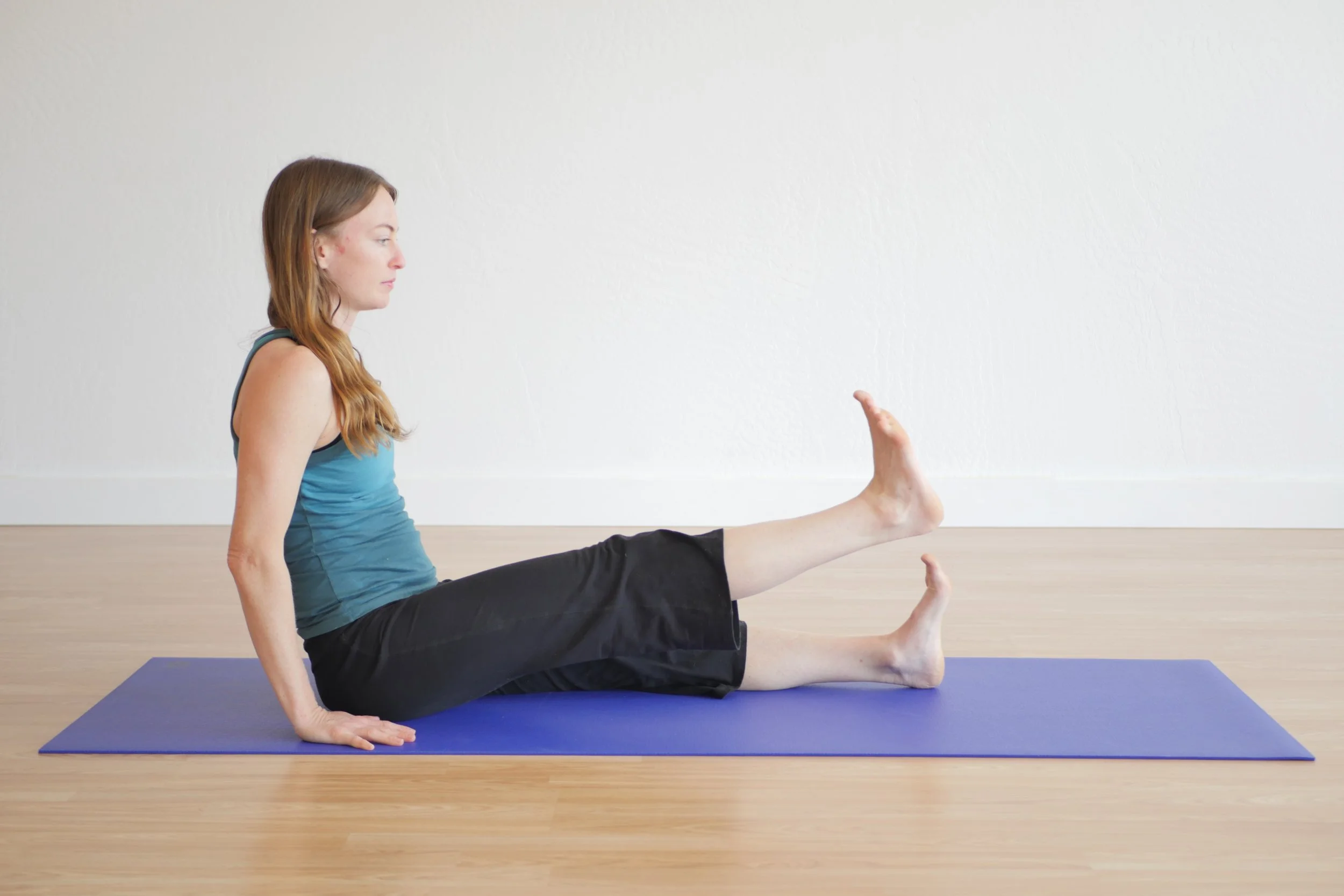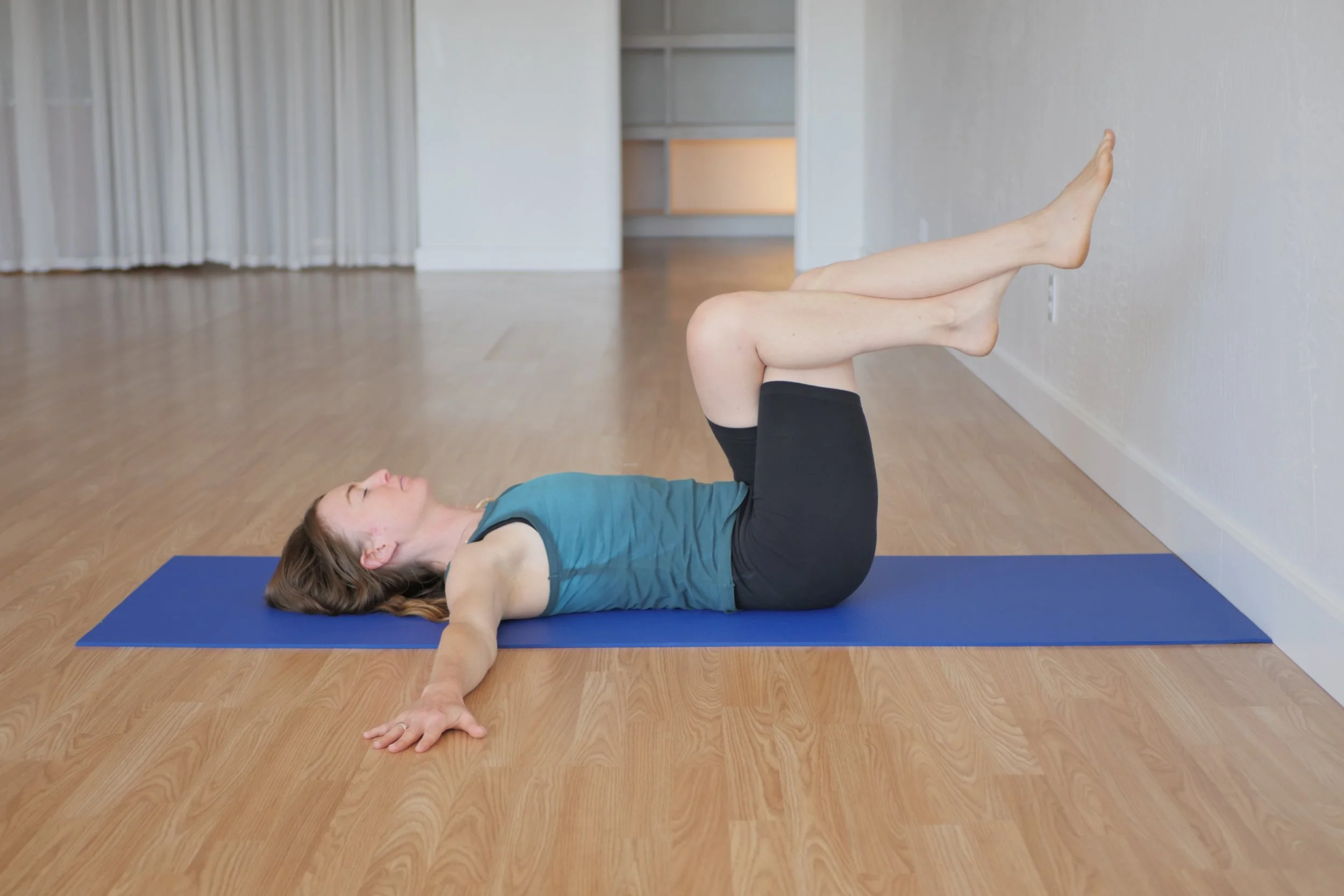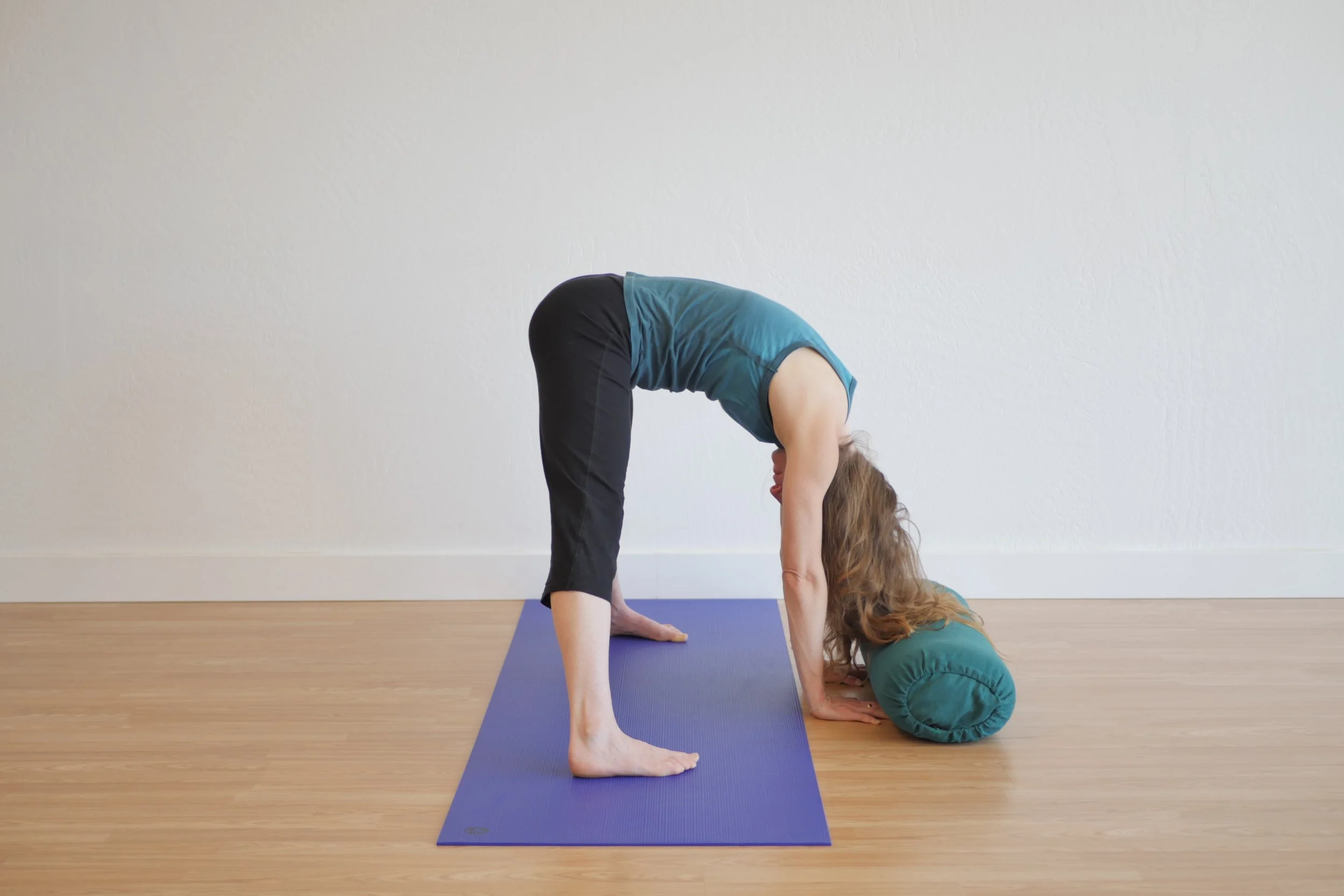Unlocking Hip Mobility
According to the American College of Rheumatology, approximately 544,000 hip replacements are performed each year in the United States. That number is only expected to rise as joint degeneration becomes more common with age and sedentary lifestyles.
While surgery can be life-changing, what’s often left out of the conversation is how to prevent it in the first place—and if it’s already happened, how to properly care for your hips before and after.
After a hip replacement, in the early stages, certain movements are often restricted because they can risk dislocation. But later in recovery, with clearance from your doctor and physical therapist, gentle, supported movement is highly beneficial for:
Restoring mobility
Rebuilding muscular balance
Improving stability and confidence in movement
Preventing compensations that strain other joints
Most people only move their hips in one or two directions in daily life—think sitting, standing, and walking. The problem? The areas that don’t get used get weak, stiff and stuck.
Your Hips Move in 6 Directions—Do You?
The hip joint is capable of:
1. Flexion
Example: Seated Leg Lifts
The hip flexors contract to lift the leg. This is active hip flexion, because you’re using muscular effort to bring the leg toward the torso. The core muscles are also engaged to support the spine and keep you from collapsing backward. When you lift the leg, the front of the hip is working. This is active hip flexion, and a great movement for building strength and control in the hip flexors, which are often underused, tight, and weak—especially in people who sit a lot.
2. Extension
Example: Setu Bandhasana (Bridge Pose)
The hip extensors—mainly the glutes and hamstrings—engage to lift the pelvis off the floor. This is active hip extension, because you’re using strength to move the thighs away from the front of the body. As you lift, the front of the hips and thighs begin to open, countering the chronic shortening caused by prolonged sitting. This movement helps restore balance by strengthening the back body and lengthening the front—a vital combination for healthy, functional hips.
3. Abduction
Example: Supta Baddha Konasana
In this reclined, restorative shape, the hip joints are in abduction—the thighs gently fall away from the midline as the knees open to the sides. There’s also external rotation at the hip. The inner thighs (adductors) are passively lengthened, making this a gentle and accessible way to explore hip abduction. Because there’s no muscular effort, gravity allows the hips to open at their own pace.
4. Adduction
Example: Supta Garudasana (Reclined Eagle Pose)
In this reclined variation, the top leg crosses over the bottom leg, drawing it across the body’s midline. This is hip adduction—the action of moving the thigh toward or across the centerline. The hips are also in flexion, since the knees are bent and pulled toward the torso. This shape gently activates the inner thighs and outer hips, and can be a great way to bring awareness to adduction, a movement pattern that’s often underused in daily life but essential for stability and healthy hip mechanics.
5. Internal rotation
Example: Pattodasana (Standing Wide-Legged Forward Fold, thighs turned in heels turned out)
This pose encourages the thigh bones to rotate internally within the hip sockets, which brings balance to the hip joint and helps counter the dominance of external rotation (a pattern that shows up constantly in modern life, from walking with feet turned out to sitting cross-legged in a chair). As you fold forward, the action of inwardly spiraling the thighs helps stabilize the pelvis, lengthen the outer hips, and activate underused muscles like the gluteus medius and deep lateral rotators. It’s a grounding, accessible way to explore a range of motion we rarely use, but deeply need.
6. External rotation
Example: Sukhasana (Easy Pose)
In Sukhasana, the hips are in flexion, abduction, and external rotation. The thighs move outward and the knees drop toward the floor as the thigh bones rotate away from the center of the body. This position encourages openness in the hips while also requiring stability from the deeper rotators. It’s a foundational shape in yoga and meditation, and a great way to explore external rotation in a grounded, supported position.
Understanding the full range of hip movement is essential for creating intelligent, healing yoga sequences that support real transformation.
In my upcoming Therapeutic Yoga Method Teacher Training, you’ll learn all about these movement patterns and many more, including how to apply them intentionally and teach with clarity, precision, and compassion.
Click here to view all the details of the upcoming teacher training and next steps!






